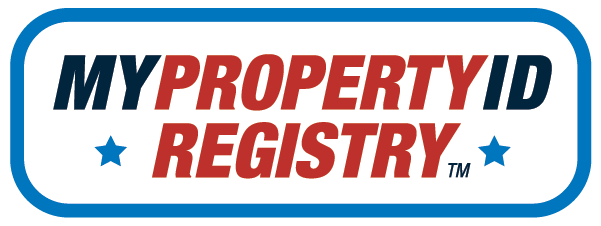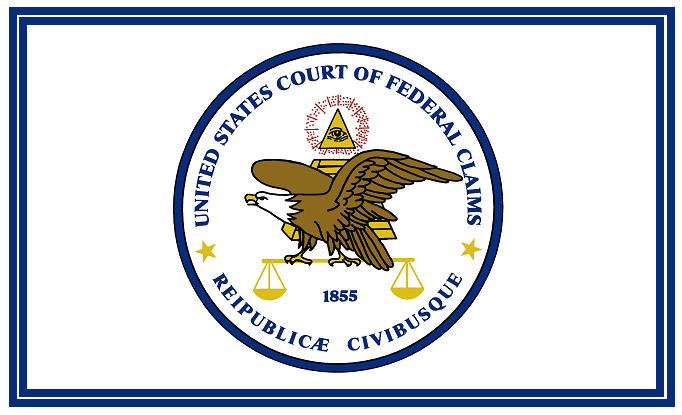Asset Management Is a Billion Dollar Industry
What the Regulations Say About Flow Down
FAR 245.52-1(f)(v) Subcontractor control.
(A) The Contractor shall award subcontracts that clearly identify items to be provided and the extent of any restrictions or limitations on their use. The Contractor shall ensure appropriate flow down of contract terms and conditions (e.g., extent of liability for loss of Government property.
(B) The Contractor shall assure its subcontracts are properly administered and reviews are periodically performed to determine the adequacy of the subcontractor’s property management system. https://www.acquisition.gov/far/52.245-1
What the Federal Acquistion Regulation (FAR) and Others Demand
FAR 52.245-1(f)(1)(ii) — Identify as Government owned in a manner appropriate to the type of property (e.g., stamp, tag, mark, or other identification), and manage any discrepancies incident to shipment. https://mypropertyidregistry.com/2021/09/15/far-52-245-1f1ii
DFARS 252.245–7001 (b) — The Contractor shall tag, label, or mark Government-furnished property items identified in the contract as subject to serialized item management (serially-managed items).
https://www.acq.osd.mil/dpap/dars/dfars/html/current/252245.htm#252.245-7001
NFS 1852.245–74(b) — Equipment shall be marked in a location that will be human readable, without disassembly or movement of the equipment, when the items are placed in service unless such placement would have a deleterious effect on safety or on the item’s operation.NFS 1852.245–74(c) — Concurrent with equipment delivery or transfer, the Contractor shall provide the following data in an electronic spreadsheet format: (2) Unique Identification Number (License Tag) and (4) An explanation of the data used to make the unique identification number.
https://prod.nais.nasa.gov/far/far0595-nfs012617/5245-end.htm
2 CFR Part 200.313 – Equipment. (d) Management requirements.(3) A control system must be developed to ensure adequate safeguards to prevent loss, damage, or theft of the property. Any loss, damage, or theft must be investigated.
Liability Is a Matter for the Courts Not Regulators
G.L. Christian and Associates v. United States
The problem seems to be that there is no incentive for the adoption of the My Property ID Registry asset management system even though theft, pilferage and loss are just as likely for the smallest players as for the biggest.
The precedent set by G.L. Christian and Associates should give regulators pause.
The case held that standard clauses established by regulations may be considered as being in every Federal contract. Because the FAR is the law, and government contractors are presumed to be familiar with the FAR, a mandatory clause that expresses a significant or deeply ingrained strand of public procurement policy will be incorporated into a Government contract by operation of law, even if the parties intentionally omitted it.
https://en.wikipedia.org/wiki/G._L._Christian_and_Associates_v._United_States
All a good attorney has to do is discover that, since the inception of My Property ID Registry in 2016, I have been blogging about this topic, writing articles in trade publications about this topic, educating law enforcement professionals about this topic, and delivering presentations to government and industry experts on this topic.
In other words, this is a lawsuit waiting to happen. For the tiny cost of a My Property ID Registry asset management system, you’re covered.



